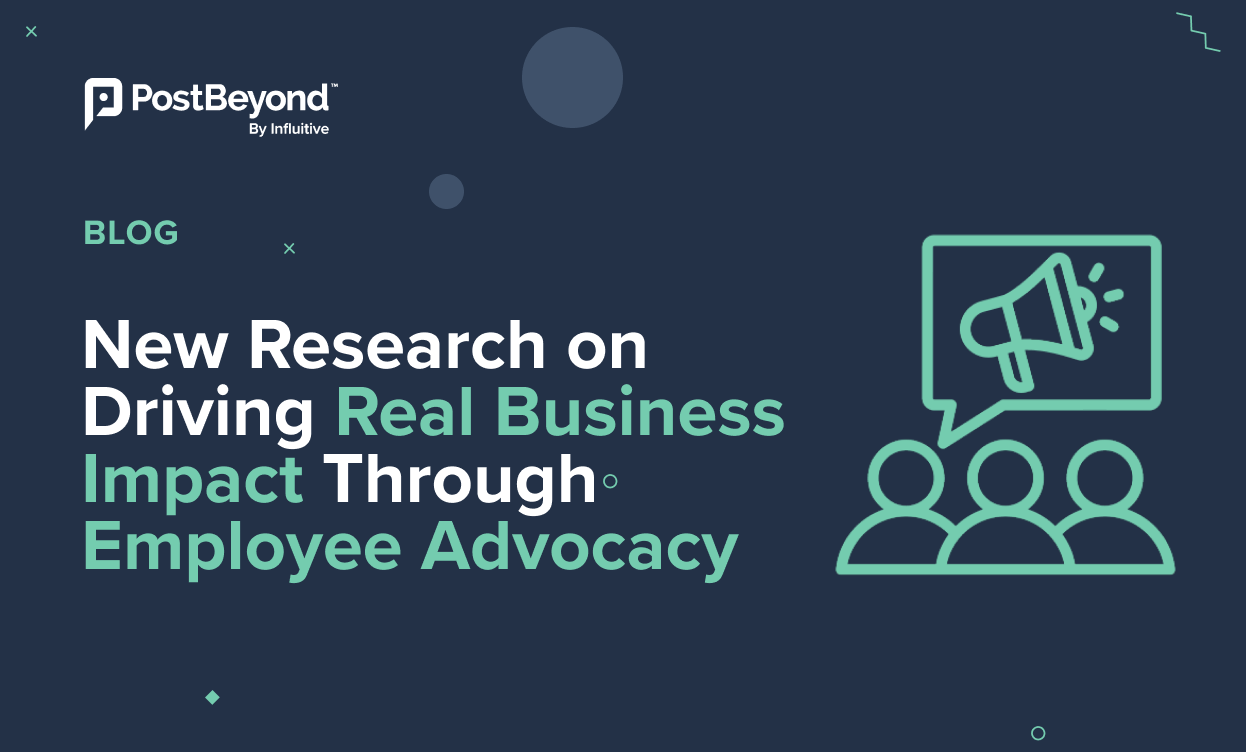Employee advocacy has emerged as a rising strategic imperative, with the potential to drive significant business impact when programs mature.
Recent research from our 2023 State of Brand Advocacy report provides tangible insights into how employee advocacy provides valuable business contributions, current trends in budgeting, and predictions for future growth and importance. This data reveals how organizations can maximize the business value and performance gains realized through advocacy initiatives.
The Growing Strategic Importance of Employee Advocacy
We asked professionals to rate the overall importance of employee advocacy to their organization’s success. A strong majority of 76% classified advocacy as very important or important, and none rated it as unimportant. This underscores the growing strategic role of advocacy in supporting corporate goals through the power of employee engagement, brand amplification, and culture building.
For sales impact specifically, 84% said that employee advocacy was important or very important for supporting selling efforts. Only 8% viewed it as not important, demonstrating the increasing recognition of employee advocacy’s ability to drive revenue when tapped effectively.
With this context, employee advocacy is no longer just a nice-to-have. Leading organizations now view employee activation and social amplification of the brand message as vital for reaching strategic business goals from sales to recruitment to thought leadership.
Quantifying the Revenue Impact of Employee Advocacy
While amplifying importance, a key goal of the research was gauging the tangible sales and revenue contributions of employee advocacy programs. When asked if employee advocacy efforts directly increased revenue over the past year, 33% confirmed having direct revenue gains.
That said, 50% were unsure or unable to confirm revenue impact. So while employee advocacy delivers some clear revenue contributions, the ability to quantify and concretely measure impact remains a challenge.
The dynamic between confirmed revenue acceleration versus unsure responses indicates there is likely a wider range of dollars under management by employee advocacy than is currently quantified. But to take budgeting and executive approval to the next level, hard ROI and revenue impact data capture is crucial.
Investment Trends: Current Budgets and Future Prioritization
Budgets can provide useful indicators of how employee advocacy is prioritized and perceived. When asked about current budget changes versus previous years, 25% saw significant or slight budget increases and 58% had their budgets remain the same.
The fact that 83% maintained or increased budgets shows that despite economic uncertainty, employee advocacy has been cemented as an area for continued or growing investment. Leaders recognize it as a competitive differentiator to support through up and down cycles.
And the future looks bright, with 44% expecting employee advocacy to become even more important over the next year. Another 52% predict it will remain at current levels of importance.
Realizing the Full Business Potential of Employee Advocacy
Employee advocacy is clearly delivering tangible business impact for many organizations, from revenue to recruitment to thought leadership. However, the opportunity still exists to take measurement, strategic focus, and budget impact to the next level.
Social media marketers can adopt several strategic actions to enhance the effectiveness of their employee advocacy programs:
- Cultivate Executive Support: To address the challenge of securing executive buy-in, marketers need to effectively communicate the tangible benefits of employee advocacy. This involves presenting clear, data-driven results that link advocacy efforts to key business outcomes like brand reach and revenue growth. Sharing compelling success stories and case studies can serve as persuasive evidence of the program’s positive impact on the organization.
- Align Metrics with Organizational Goals: Marketers should prioritize metrics that directly reflect the program’s contribution to the business, such as leads generated and conversion rates. While metrics like social media engagement are commonly used, their importance should be balanced with other high-value drivers like sales opportunities created and lead conversion rates, which are valued but less frequently tracked.
- Improve Resource Allocation and Conduct Comprehensive Training: Responding to the need for more resources and a comprehensive training program is crucial. Investing in automation tools can streamline advocacy efforts, making them more efficient and impactful. A structured training program will empower employees to become effective brand advocates, ensuring they understand their roles and the value they bring to the organization.
- Expanding Breadth of Employee Advocacy Activities: Going beyond traditional activities like social sharing, marketers should explore more robust advocacy avenues. This includes developing thought leadership content and employee branding initiatives that resonate with both employees and external audiences.
- Evolve Employee Advocacy Strategies: To future-proof advocacy programs, continuous evaluation and adaptation are necessary. Staying abreast of industry trends, seeking regular feedback, and being open to innovative advocacy methods will ensure the programs remain relevant and impactful.
- Build a Culture of Advocacy: Fostering a culture where every employee is an advocate involves creating a sense of ownership and pride in the brand. Encouraging employees to share their stories and experiences authentically can lead to more organic and impactful advocacy.
- Measure and Celebrate Success: Regularly measuring the impact of advocacy efforts and celebrating successes, both big and small, can motivate teams and reinforce the value of their contributions. Recognizing and rewarding top advocates can further incentivize participation and enthusiasm in the program.
As more organizations turn employee advocacy into a high-impact engine for accelerating strategic and financial performance, its reputation and impact will continue to grow. Bringing improved measurement, sharper focus, and continuous ROI case building to the table can help drive advantages through employee advocacy for years to come.
Conclusion
The bottom line is that employee advocacy’s importance is growing as its business impact comes into clearer focus. While maturing measurement and financial returns remain works in progress, the strength of current investment and future projections highlight a powerful trend.
The State of Brand Advocacy report is an essential resource for social media marketers looking to elevate their brand through employee advocacy. Understanding these insights and employing strategic actions will enable marketers to develop robust employee advocacy programs that enhance brand presence and contribute to business success.





